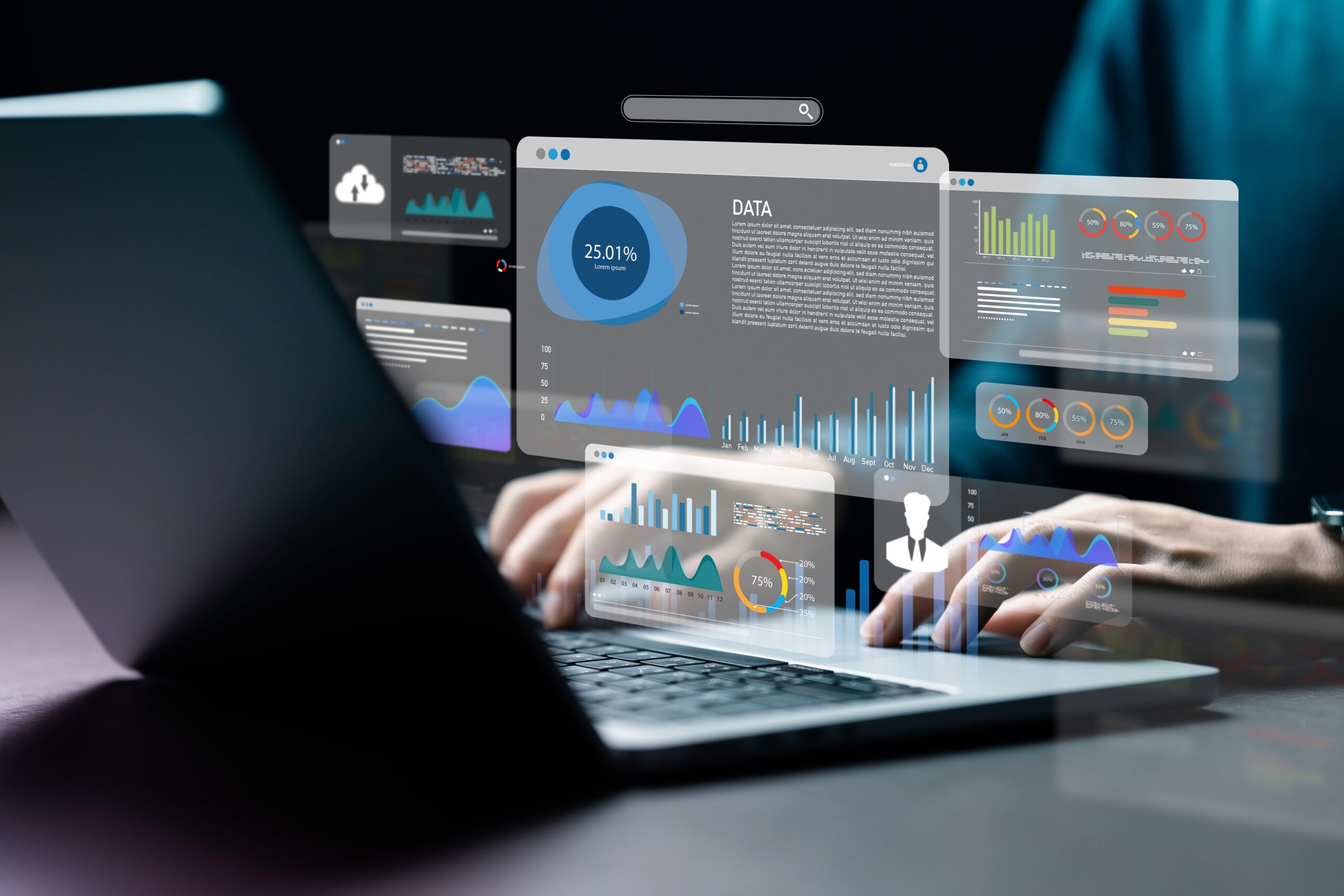Microsoft Purview: A Brief Overview
Microsoft Purview is a comprehensive data governance platform that empowers organizations to discover, classify, and manage their data across various sources. It provides insights into data lineage, data cataloging, and data governance, ensuring compliance and security. It can be broken down into three main components.

1. Information Protection in Microsoft Purview
Information Protection is crucial for safeguarding sensitive data. Here’s how Microsoft Purview enhances it:
- Data Classification: Purview automatically scans and classifies data based on predefined or custom sensitivity labels. This ensures that sensitive information (such as personally identifiable information or financial data) is appropriately handled.
- Rights Management: Purview integrates with Azure Information Protection, allowing you to apply rights management policies to files and emails. This ensures that only authorized users can access, edit, or share sensitive content.
2. Insider Risk Management
Insider threats pose a significant risk to data security. Microsoft Purview’s Insider Risk Management helps mitigate these threats:
- User Behavior Analytics: Purview analyzes user behavior patterns to identify potential risks. It considers factors like abnormal data access, unusual login activity, and data exfiltration.
- Risk Levels: When an insider risk is detected, users are dynamically assigned risk levels (e.g., elevated, moderate, or minor). These risk levels guide subsequent actions.
3. Data Loss Prevention (DLP)
DLP policies prevent accidental or intentional data leaks. In Microsoft Purview, DLP is robust and customizable:
- Policy Creation: You can manually create DLP policies tailored to your organization’s needs. Specify conditions, actions, and exceptions to prevent data leakage.
- Quick Setup Configuration: For efficiency, use quick setup to automatically create DLP policies. These policies adapt to risk levels identified by Insider Risk Management.
With the newer capabilities that have been released you can supercharge it with Adaptive Protection
Adaptive Protection is where the magic happens. Let’s explore how it enhances the synergy between Insider Risk, DLP, and Information Protection:
- Dynamic Application of DLP Controls: Adaptive Protection uses machine learning to apply the most effective DLP controls based on critical risks. It dynamically adjusts policies, saving time for security teams.
- Multiplatform Coverage: Whether it’s Exchange Online, Teams, or Devices, Adaptive Protection ensures consistent data security across platforms.
- Strategic Data Security: By integrating Insider Risk Management’s intelligence with DLP’s protection capabilities, Adaptive Protection allows security teams to focus on strategic initiatives.
Want to learn more about Microsoft Purview?

Chris Hinch
Microsoft Practice Director
Fortifying Digital Identity: How to Secure Access, Prevent Breaches, and Stay Compliant
In today’s digital complexity, identity security has become a cornerstone of an organization’s cybersecurity strategy. With cyberthreats growing in sophistication, IT leaders are under increasing pressure to prevent unauthorized access, mitigate credential theft,...
Exchange Server On-Prem? Get Ready for CU15 and the Future of Exchange SE
If you're still running an on-premises Exchange Server, there's some important news for you: Exchange Server 2019 CU15 is still in development, and Microsoft is making sure it's as close to code equivalent as possible to the upcoming Exchange Server Subscription...
Strategic IT Spending in 2025: Maximizing Value Amid Price Hikes
In 2025, Gartner predicts global IT spending to increase by 9.8%, reaching $5.61 trillion. However, a significant portion of this growth is attributed to rising prices for IT products and services, which means that IT leaders must adopt more strategic approaches to...


